POTATO
AgroWay Holding annually accepts orders from farmers of Kyrgyzstan
to supply of «Elite» seed potatoes from Europe
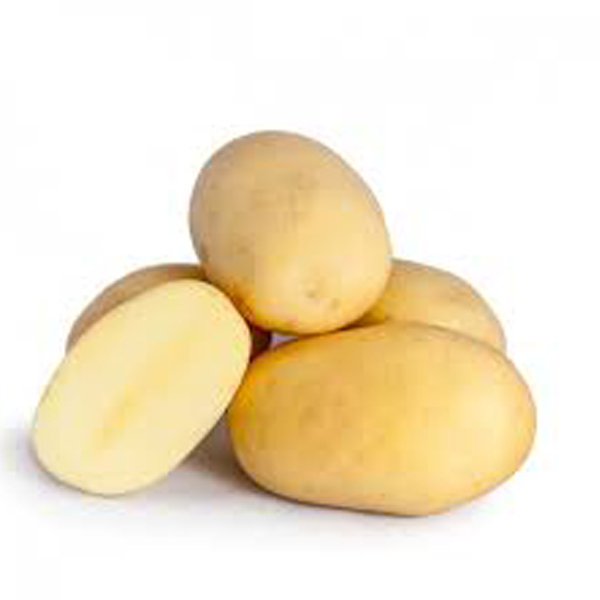
Average number of tubers: 6-9 shrub/piece
Color peel potatoes: yellow
Color inside potatoes: white
Shape: oval-round
Yield: up to 40 tons
Drought tolerance
Disease resistance
Black leg disease: moderately resistant
Scabies — resistant
Phytophthora leaf blight — moderately resistant
Phytophthora of tubers — resistant

Average number of tubers:10-12 shrub/piece
Color peel potatoes: yellow
Color inside potatoes: light yellow
Shape: oval
Depth of eyeballs: very shallow
Dry matter: 17%
Yield up to 40 tons
Drought tolerance
Disease resistance
Black leg disease: moderately resistant
Scabies — moderately resistant
Phytophthora leaf blight — moderately resistant
Phytophthora of tubers — moderately resistant
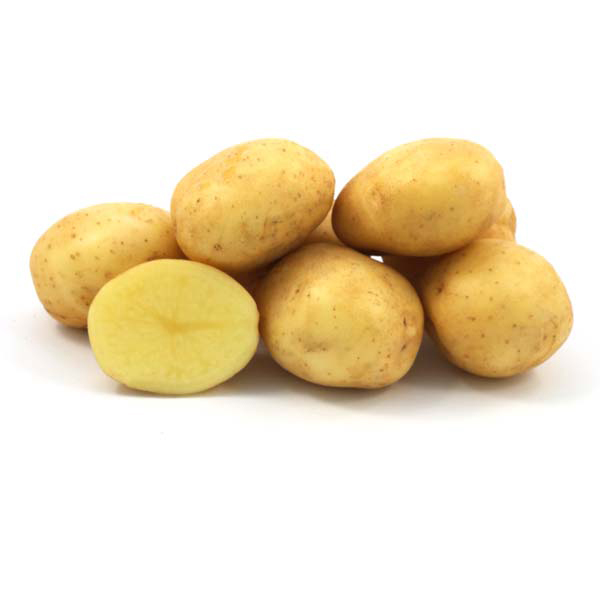
Average number of tubers: 24 shrub/piece
Color peel potatoes: light white
Color inside potatoes: light white
Shape: round-oval;
Depth of ocelli: mean depth
Dry matter: 18%
Yield: up to 45 tons;
Drought tolerance
Disease resistance
Black leg — moderately resistant;
Scabies- sensitive;
Phytophthora leaf blight — susceptible;
Phytophthora of tubers — sensitive.

Average number of tubers – 12 shrub/piece
Color peel potatoes: yellow
Color inside potatoes: light yellow
Shape — round-oval
Depth of ocelli — shallow
Yield: 55-60 tons
Drought tolerance
Disease resistance
Black leg disease: moderately resistant
Scabies — resistant
Phytophthora leaf blight — moderately resistant
Phytophthora of tubers – resistant
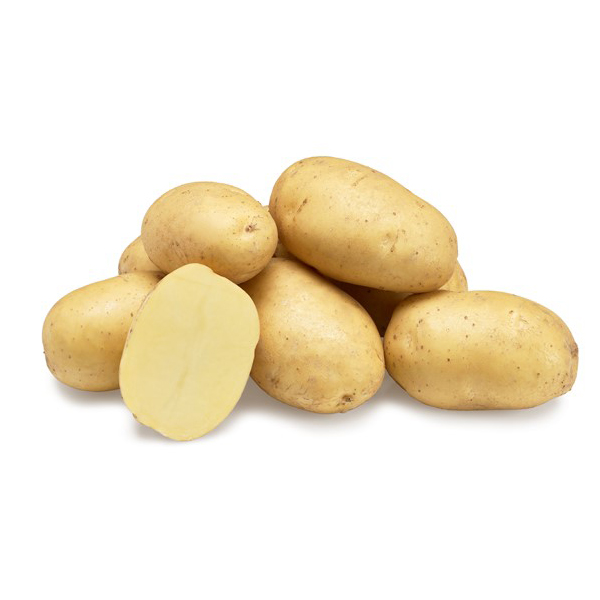
Average number of tubers:11 shrub/piece
Color peel potatoes: light yellow
Color inside potatoes: white
Shape: oval
Depth of eyeballs: very shallow
Yield: up to 35-40 tons
Drought tolerance
Disease resistance
Black leg disease: moderately resistant
Scabies — resistant
Phytophthora leaf blight — resistant
Phytophthora of tubers — resistant
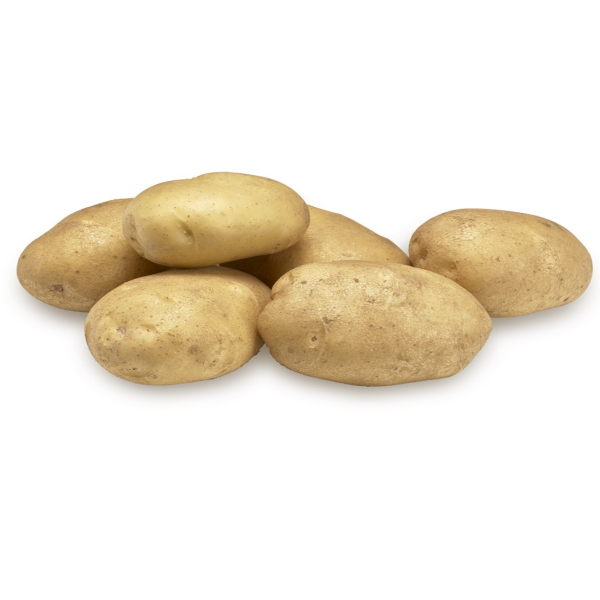
Average number of tubers: 11 shrub/piece
Color of peel: yellow
Color of flesh: light yellow
Shape: oval
Yield: up to 40 tons
— Drought tolerance
— Disease resistance
Black leg disease: moderately resistant
Scabies — moderately resistant
Leaf phytophthora — low resistance
Tubers phytophthora — moderately resistant
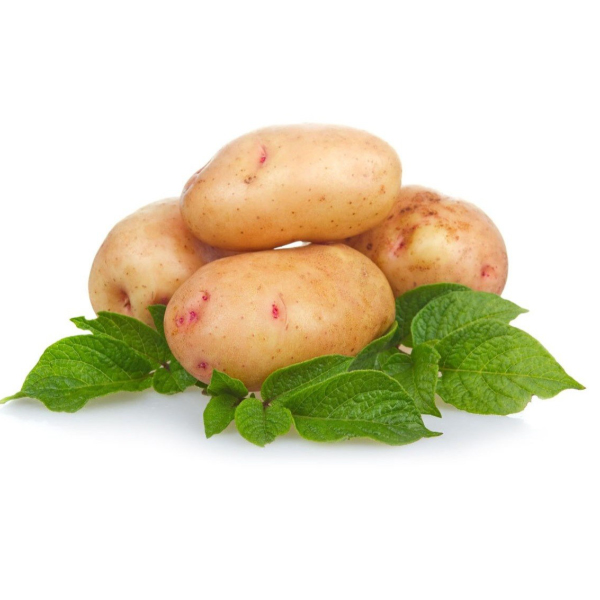
Average number of tubers: 18 shrub/piece
Color of peel: yellow, with pink eyes
Color of flesh: creamy
Shape: oval
Yield: up to 70 tons
— Drought tolerance
— Disease resistance
Black leg disease — moderately resistant
Scabies — resistant
Leaf phytophthora — resistant
Tubers phytophthora – resistant

Average number of tubers: 13-14 shrub/piece
Color of skin: white
Color of flesh: light yellow
Shape: elongated-oval
Yield: up to 55 tons
— Drought tolerance
— Disease resistance
Black leg disease: moderately resistant
Scab — resistant
Leaf phytophthora — resistant
Tubers phytophthora — resistant

Average number of tubers: 18 shrub/piece
Color peel potatoes: yellow with pink inclusions
Color inside potatoes: creamy
Shape: oval
Depth of eyeballs: shallow
Dry matter: 18.7%
Yield: up to 70 tons
Drought tolerance
Disease resistance
Black leg disease: moderately resistant
Scabies — resistant
Phytophthora leaf blight — resistant
Phytophthora of tubers — resistant
DRIED FRUITS AND NUTS
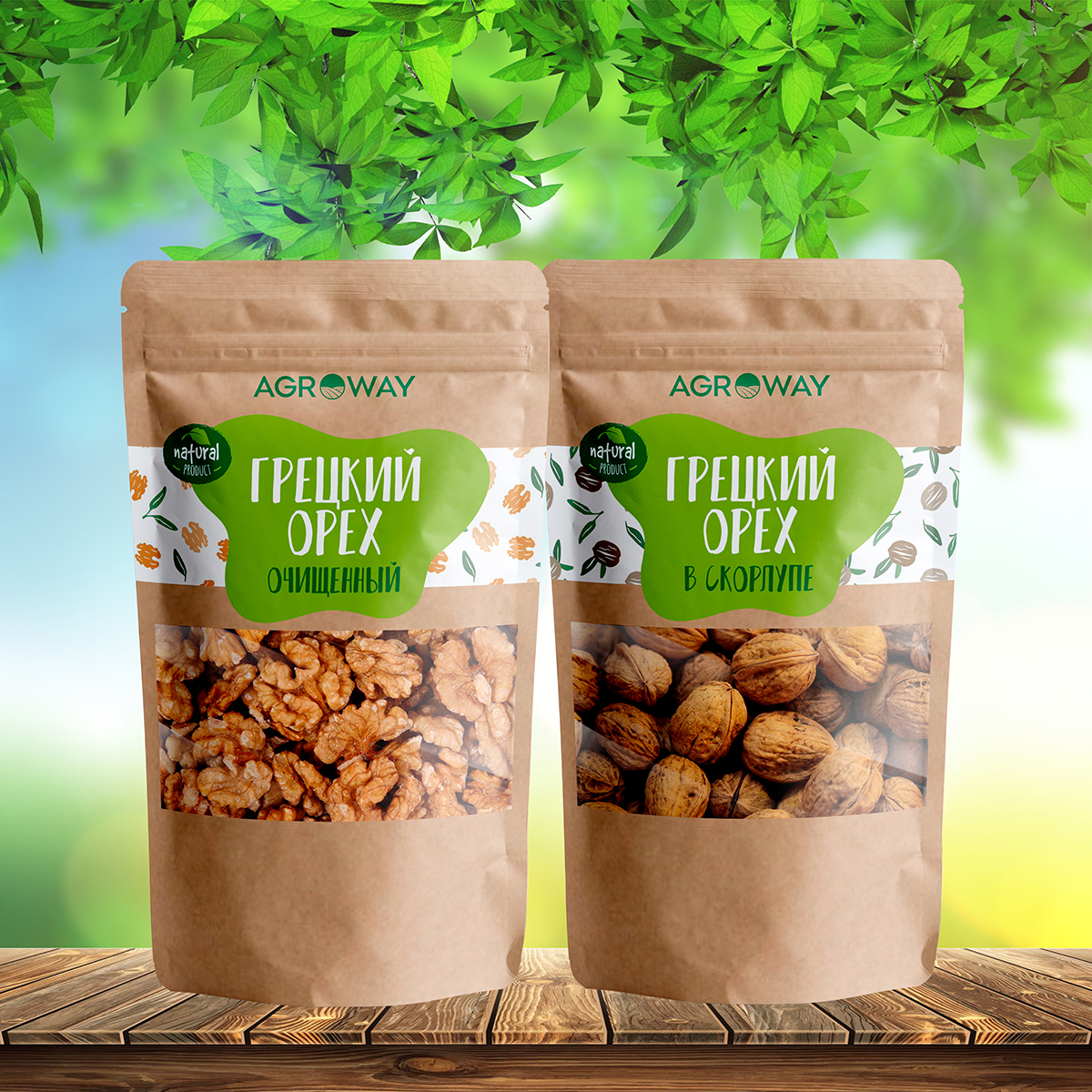
The walnut kernel is rich in provitamin A, B vitamins (except B12), vitamin E, K and PP, and in addition to iron it also contains a whole set of micro and macro elements: large amounts of magnesium and potassium, phosphorus, calcium, sulfur, aluminum and zinc. Up to 70% of the mass of the walnut kernel is made up of fats, mainly polyunsaturated fatty acids — the very «healthy fats», the use of which has a beneficial effect on the work of the cardiovascular system and protects against atherosclerosis of blood vessels

It is a valuable product, contains a lot of potassium, so it has a beneficial effect on the cardiovascular system. In addition, dried apricots are rich in B vitamins (B1 and B2), A, C, PP. There are minerals such as calcium, magnesium, iron, phosphorus, and sodium. They strengthen the bones in the body and support the immune system. Also, fiber normalizes the work of the gastrointestinal tract, relieves constipation. Therefore, the optimal rate is no more than 3-4 berries per meal.
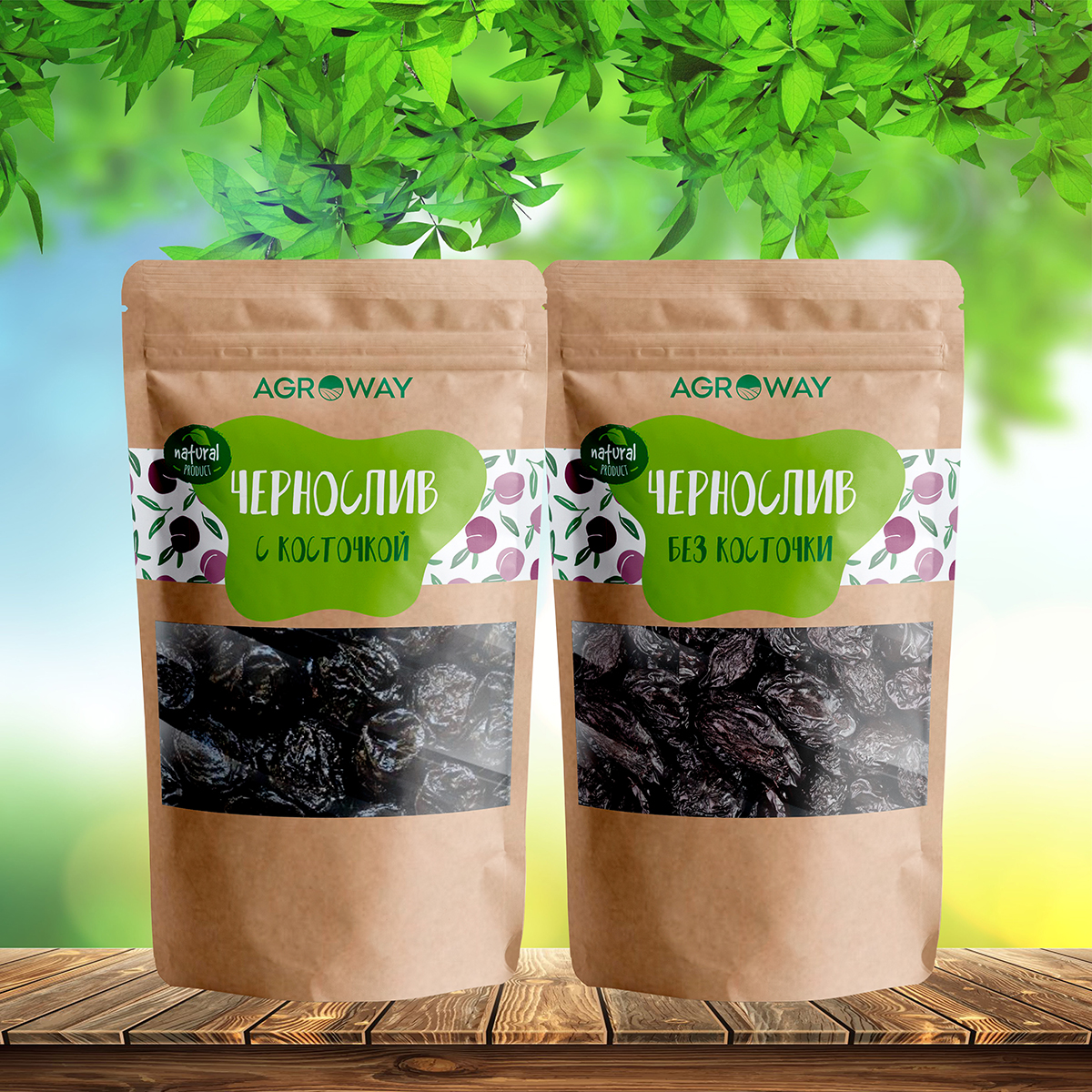
It is a tasty and healthy dried fruit. It is rich in a whole group of vitamins — A, B, E and C, which strengthen the immune system, normalize the stomach and cardiovascular system. For example, carotenoids are responsible for vision. Minerals — potassium, calcium, sodium, magnesium, phosphorus are good for bones, teeth, hair and skin. Prunes contain glucose, sucrose and fructose, which are responsible for energy, activity and tone. Prunes are used as a laxative and have a diuretic effect.
The best variety for the production of prunes is considered to be the «Hungarian» variety and only fully ripe, fleshy fruits are used. Drying in the shade for a long time and with high quality, after drying it becomes flexible and plastic, dry enough, but not hard stone
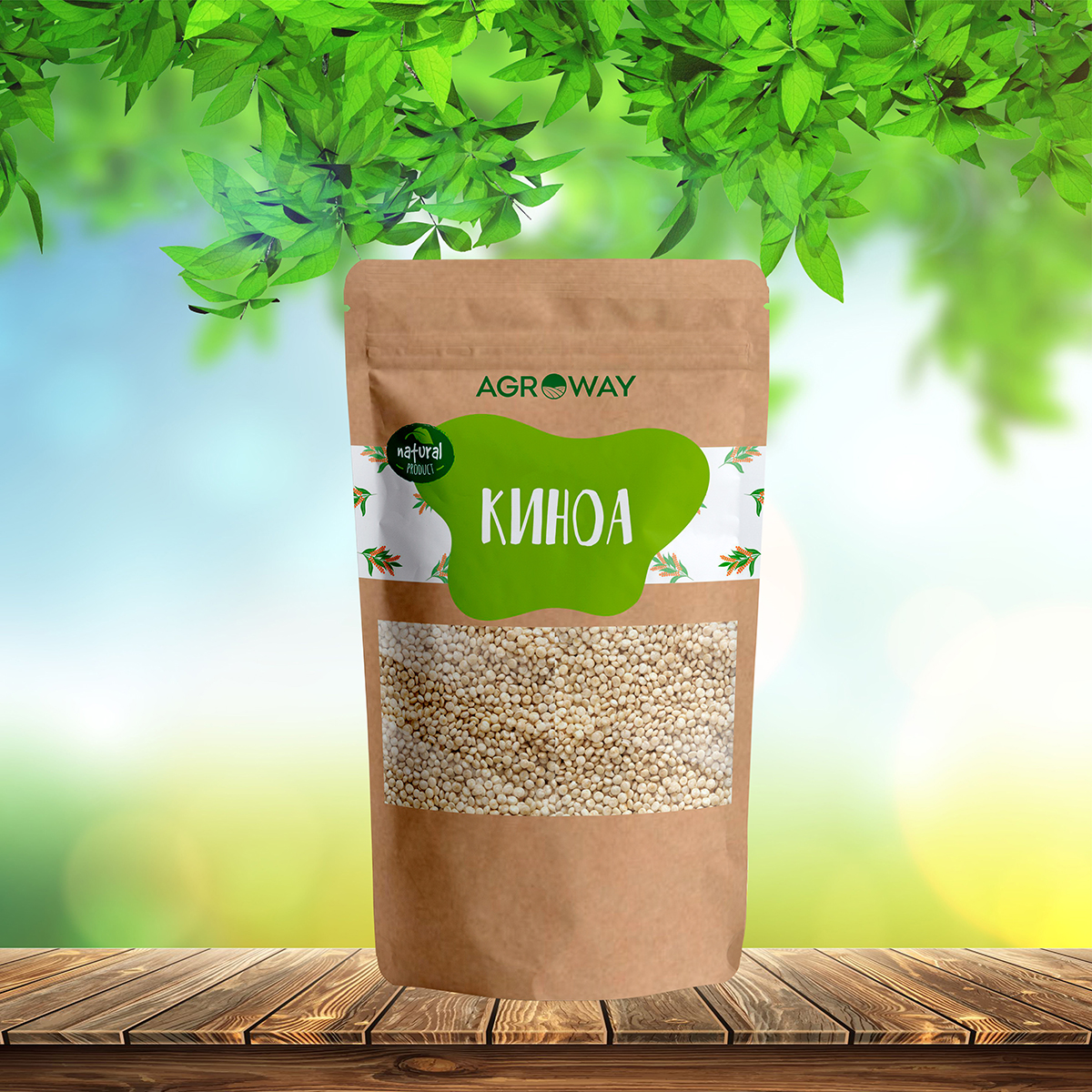
A unique product, one of the healthiest cereals. The benefit of quinoa is that it contains an order of magnitude more vitamins and nutrients than other similar products. Quinoa contains more riboflavin, fiber, complex carbohydrates, and folate than wheat, barley, and rice. At the same time, quinoa is absorbed by the body almost completely; in this property, only mother’s milk can compete with it (however, unlike quinoa, we cannot eat it all our lives). Quinoa cereals contain a sufficient amount of lysine, an amino acid that promotes better absorption of calcium, which, in turn, is extremely important for the formation of a strong healthy skeleton, bones, hair and teeth.
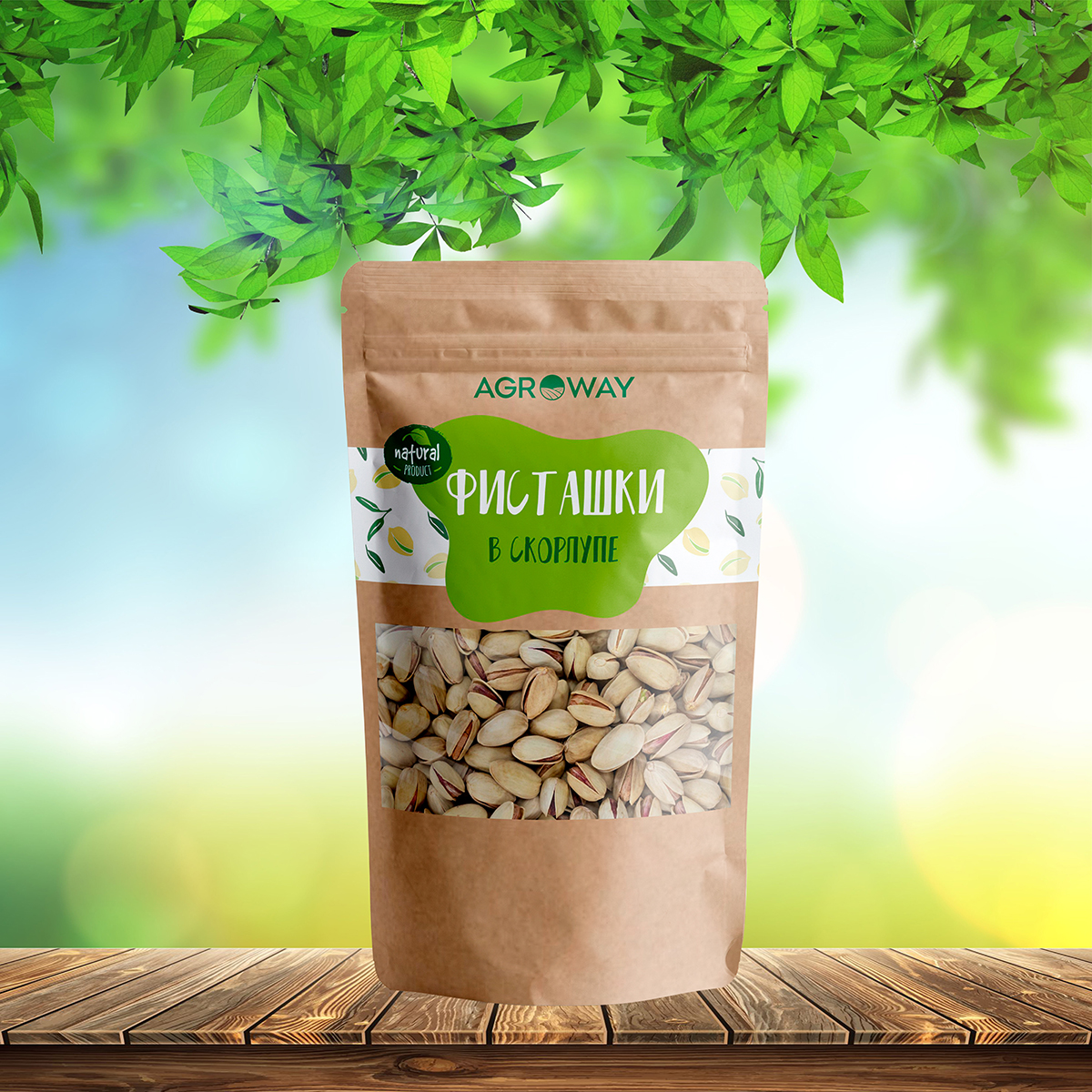
They occupy a special place among nuts. This culture has been known to mankind for more than 2 thousand years, is rich in healthy fats (up to 65% of the total mass) and vitamins, primarily A and E. Pistachios are valuable as a source of zinc: 100 g of nuts cover from a quarter to half of the daily need for this element. Like other nuts, pistachios contain significant amounts of potassium, phosphorus and magnesium. Pistachios are recommended for people who have intense physical and mental stress. Due to the content of fatty acids, this product helps to burn «bad» cholesterol, thereby preventing the development of heart attacks and atherosclerosis

A good source of micro and macro elements: it contains calcium, iron, magnesium, phosphorus, etc. It is also rich in B vitamins, which are necessary for the normal functioning of the nervous system. There is evidence that regular consumption of almonds helps to improve sleep in case of sleep disorders. In terms of the content of nutrients necessary to meet the daily needs of the body, almonds rank first. In addition, a handful of almonds (20-25 nucleoli) daily is enough to maintain the health of cerebral vessels — this effect is due to the high content of unsaturated fatty acids in the most bioavailable form
HONEY AND QUEEN BEE
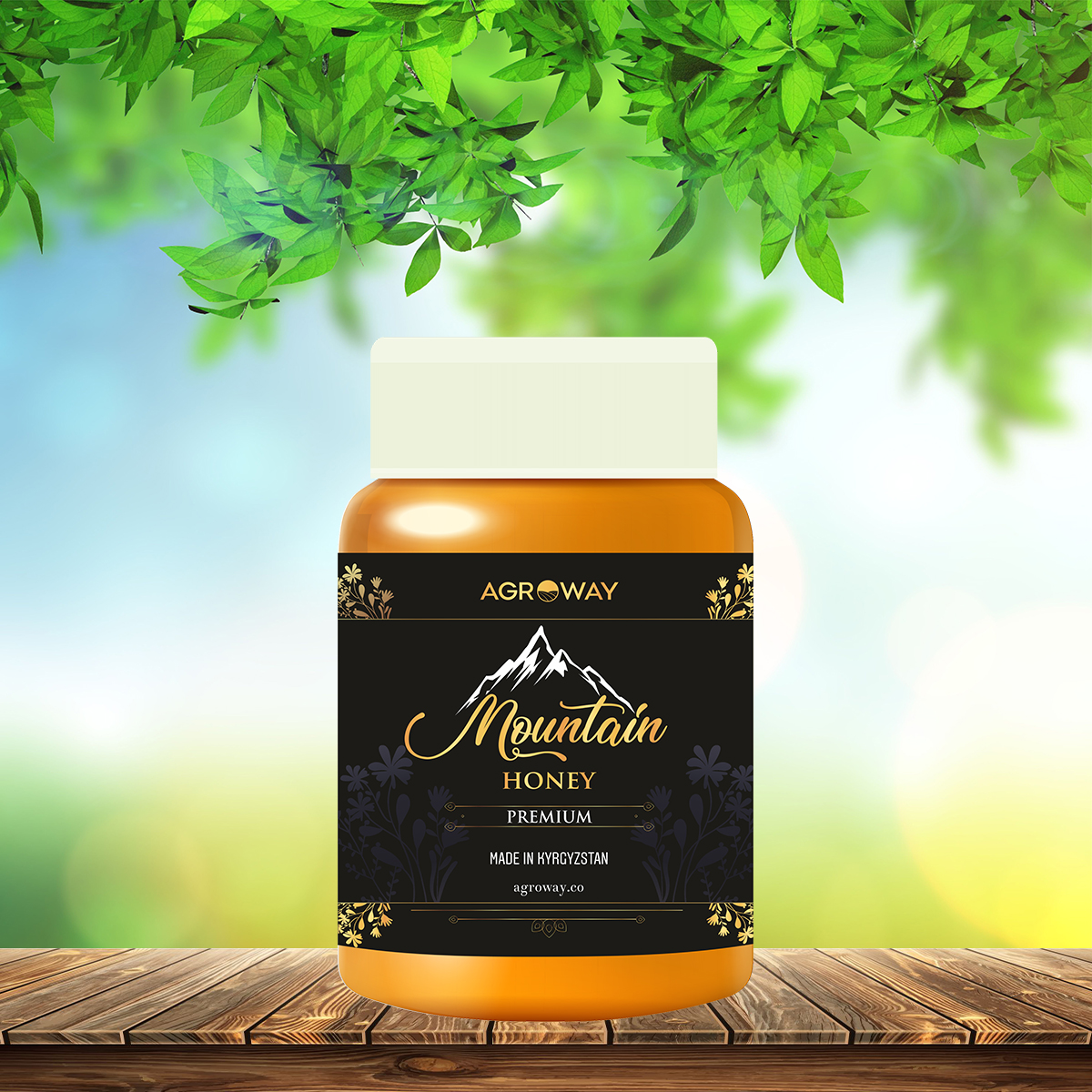
Collected in ecologically clean mountainous areas, produced from the nectar of various melliferous plants. A variety of herbs from mountainous regions is widely used in folk medicine and, thanks to the variety of wild melliferous plants (rose hips, oregano, lemon balm, bird cherry, radiola, leuzea, etc.), absorbs a wide range of useful properties and is easily absorbed by the body. Differs in a dark shade and tart taste
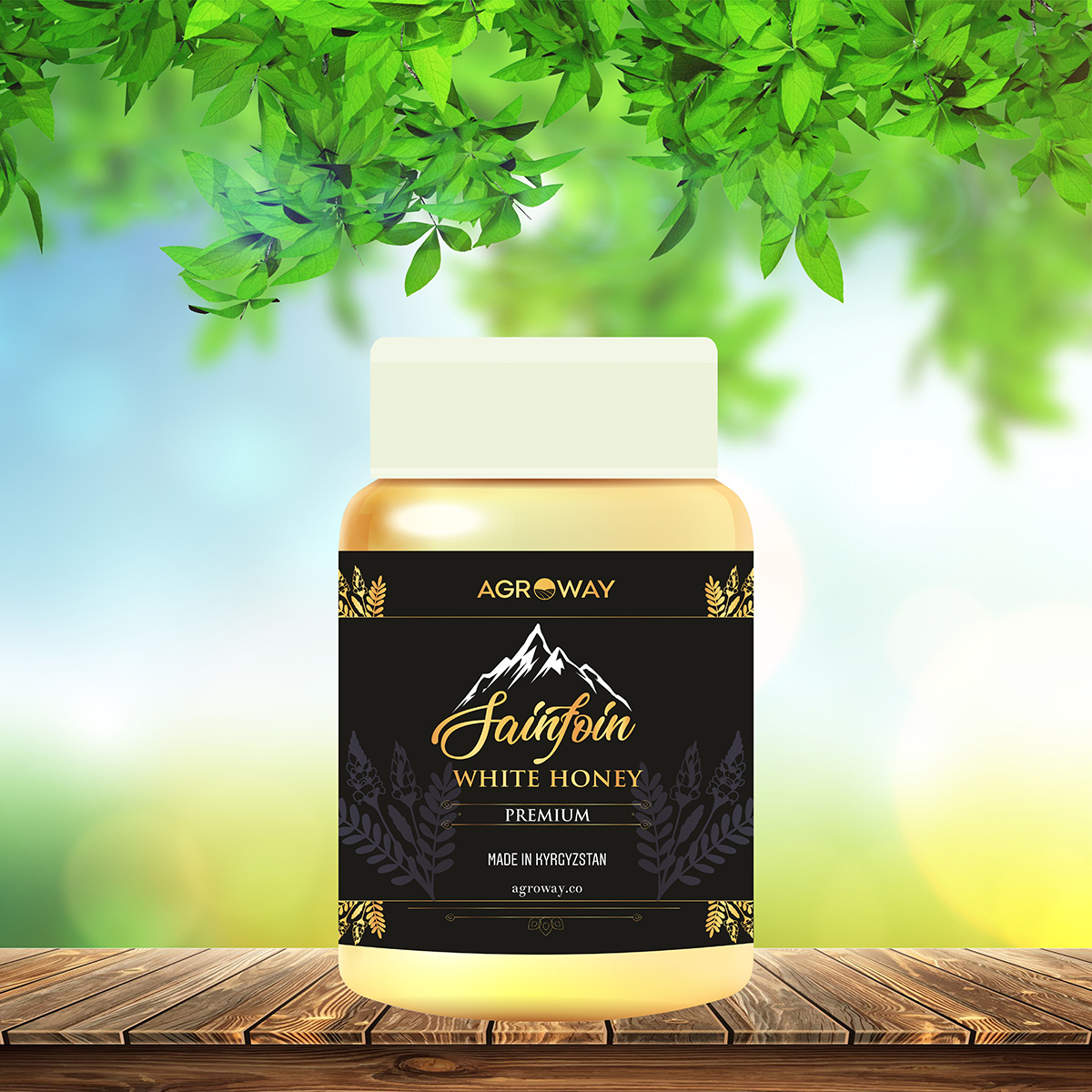
Processed from the nectar of one type of honey plant — sainfoin, the legume family. Sainfoin honey is incredibly tasty, for which it is extremely appreciated in European countries. This first-class (premium) variety of natural honey, which attracts true lovers of gourmet delicacies, has the aroma of rose flowers and a unique sweet taste. Freshly picked honey from sainfoin is very liquid, transparent (like a quartz crystal), light yellow in color, sometimes with a slight greenish tint. Crystallization of honey from sainfoin is slow, it forms very small fractions and as a result resembles a cream-colored consistency

In order to improve the quality and volume of honey, AgroWay annually provides pure-bred, highly productive F0″ Carpathian «breed from Ukraine to beekeepers in Kyrgyzstan.

